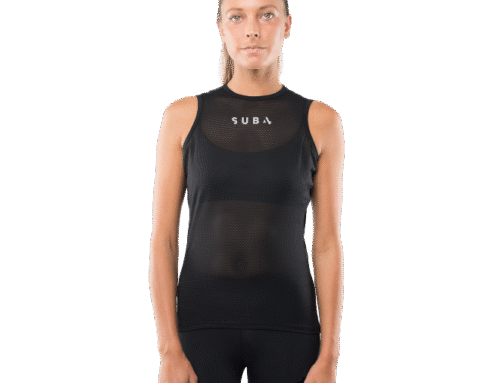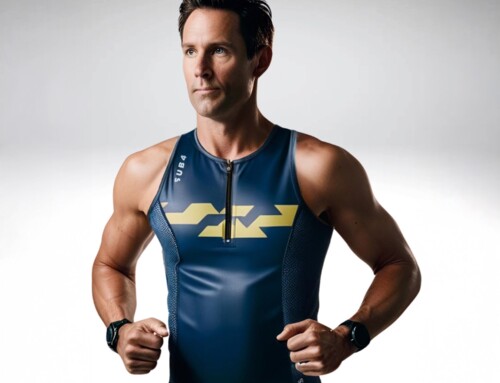Some runs feel like rituals, and in winter, what you wear decides whether you finish or vanish into the cold.
There’s something strangely noble about heading out for a run when the air bites. But without the right gear, that same run can become a lesson in suffering. Cold weather chills your skin. It changes your stride. It slows your reflexes. It forces your lungs to adjust and makes your muscles work harder just to stay functional. Your gear is your defence system. In winter, it can mean the difference between powering through or calling it quits before the third kilometre.
The Surprising Effects of Cold on Your Physiology
Running in 4°C isn’t the same as running in 14°C. And yet, many runners dress as if it is. Cold constricts blood vessels. That slows oxygen delivery and affects muscle coordination. Your energy burn changes. Even your hydration rhythm shifts. So while your mindset might be consistent, your biology isn’t.
That’s why you need to treat a cold like an active opponent, not background weather. The Compression Baselayer Long Sleeve Top keeps your upper body stable. Flatlock seams prevent any rubbing. The open neck design doesn’t choke your airflow.
Physics Make Layering Work
The biggest winter running mistake? Thinking about layering is a clothing decision. It’s actually a heat equation. Your body is generating warmth, your clothes are trapping or releasing it, and the environment is trying to steal it. Balance that equation incorrectly and you’re either drenched in sweat or frozen to your shoelaces.
- You don’t want layers that insulate without breathing. You want dynamic gear.
- Take the Shell Reflective Breathable X Jacket. Breathability is a survival mechanism.
- Without it, you’re soaked within minutes. And once wet, you’re at the mercy of the wind.
The thumbholes, rear ventilation, and wind-shielding design make this jacket an outdoor bodyguard.
Your Legs Are Engines, Not Fireplaces
Most runners will insulate their chest and forget their lower half. But your legs are fuelling your motion. Cold legs lose efficiency. Hip joints stiffen. And if your hamstrings start pulling from the chill, you’ve got a short window before injury.
The Action Thermal Tights are leg armour made from ROUBAIX fleece that balances softness with warmth retention. Zips at the rear make for swift removal, pockets are functional, and the cut respects real movement. Both men’s and women’s fits are sculpted for mobility.
Why the Cold Attacks Weak Points First
Winter has a cruel logic. It doesn’t cool you down evenly. It targets your vulnerabilities with precision: ears, fingers, toes, joints. The parts that lose circulation fastest. The places you’ve hurt before. They’re first in line.
- These areas lose heat rapidly because they’re furthest from the core.
- Joints and extremities cool faster due to lower blood flow.
- Old injuries stiffen up quickly when circulation slows down.
- Sensitive nerves react intensely when exposed to cold, especially in damaged areas.
- Once cold seeps in, it spreads inward and makes your body shut down from the outside in.
Studies on thermoregulation confirm that as body temperature drops, blood is diverted inward to protect vital organs. That leaves your periphery and any past damage exposed and reactive. The Cycle & Run Thermal Beanie is fleece-lined with a snug fit. It’s not bulky and won’t shift mid-stride. One size fits all without feeling generic. Its reflective trim reminds drivers you exist when the sun forgets to show up.
Why Momentum Matters in Heat Loss
Most runners think winter gear is about keeping warm. That’s not quite it. It’s about keeping momentum. Every time you feel a gust of wind cut through your layers or when icy rain sneaks down your collar, your rhythm breaks. Your cadence changes. Your posture adjusts. You start to flinch instead of focus. That’s the beginning of a bad run.
So every layer must be frictionless in two ways, physically and psychologically. No distractions. No fiddling. No second-guessing. No stopping to adjust zips or roll up sleeves. Winter gear is for control.
Why Running in Winter Sharpens You More Than Any Season
Running through winter makes you tougher, but it also makes you smarter. It forces you to pay attention. To listen to your body. To observe how you warm up more slowly, recover differently, and breathe more deeply. It teaches precision. That’s why your gear cannot be guesswork.
- Don’t use cotton. It holds moisture and makes you colder.
- Wear gloves if it’s under 5°C even if your core feels warm.
- Pick tights over shorts past 10°C. Your knees will thank you.
- Use reflective gear regardless of daylight. Winter light plays tricks.
Each of these decisions is for consistency. For durability. For long-term performance when motivation starts to wobble.
Final Word
Winter doesn’t care if you’re a casual runner or chasing marathon glory. It tests everyone the same way. But if you’re showing up anyway, you deserve gear that keeps pace with your ambition. We built that gear. If you’re running when others are curling up indoors, you’re already built differently. So your clothing should be, too. SUB4 runs in the cold because we know it sharpens every stride. We build gear that helps you finish, not freeze.
Frequently Asked Questions
Q. Do I need to change my running shoes in winter?
A. You might. If your usual routes get wet or muddy, consider shoes with better grip or trail soles. Some runners use shoes with water-resistant uppers. Socks also matter in keeping your feet dry and warm.
Q. Should I eat differently before winter runs?
A. Yes. Your body uses extra energy staying warm, so a small snack with carbohydrates and a bit of fat can help. Avoid running on an empty stomach.
Q. What’s the best way to warm up before a cold-weather run?
A. Start inside. Do dynamic movements like leg swings, lunges, jumping jacks or high knees for five to ten minutes. Save static stretches for after the run.
Q. How do I dry out my gear quickly after a wet winter run?
A. Hang everything in a warm, ventilated space. Don’t place it directly on heaters. For soaked shoes, remove the insoles and stuff them with newspaper.
Q. Is running in winter bad for my joints long term?
A. Cold weather can make joints feel stiffer. Keep muscles warm and cover areas like knees and ankles. Stretch gently after the run.
Q. How often should I wash winter running gear?
A. Wash it regularly. Even in cold weather, sweat and bacteria build up. Follow wash labels to prevent damage.
Q. Can I run when it’s raining and cold or should I skip it?
A. You can run in the rain if you’re prepared. Wear a water-resistant jacket and avoid cotton. Be careful on slippery paths.






